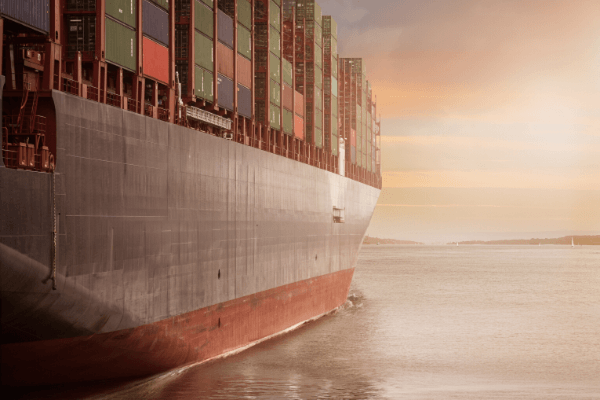Improving your Supply Chain's Sustainability Impact
Increasingly, a poor sustainability performance is affecting individual retail company’s growth. To create and supply products retail companies need to use reliable energy and natural resources. As environmental conditions worsen, resources that were used in the past will eventually become obsolete. Unilever estimates a €300 million loss a year because of water scarcity that leads to declining agricultural productivity, leading to higher costs.
In order to comply with the Paris Agreement reached at the climate change summit in 2015, companies need to lower the amount of greenhouse gasses emitted by 90% by 1950. For retail companies, this needs to begin at the source – their supply chain. The vast majority of the environmental impact associated with the consumer sector is in the supply chain, so companies looking to optimise their sustainability performance to set themselves up for the future can’t ignore it.

In the eyes of shoppers, the retailer and/or the brand is to be blamed for any sustainability concerns in their supply chains. They are the face of the products whether, or not, they’ve had a say in how they were made. It’s up to retailers and brands to assist and encourage their suppliers to improve their supply chain. Here is a three step guide to improving your supply chain's sustainability impact.
1. Find the Critical Issues in your Supply Chain
In order to locate the critical issues in a supply chain, retail companies need to first understand every step of the process and realise how each step can affect the environment. Issues can differ from one product to another, so it’s important that the creation of each individual product is taken into consideration. For big companies, that supply a vast number of products, this can be a dauting, yet important, task.
2. Set Sustainability Goals
Once the critical sustainability issues in a company’s supply chain are found, the company can then set goals to improve these problems. Aligning goals with the global sustainability agenda is the ideal way to decide what needs to be improved and by how much. For example, the United Nations have defined global targets for reducing green house emissions. Setting goals against these targets make it more likely that a company will improve their sustainability performance.

3. Assist Suppliers with Managing Impact
The purchasing power retailers and brands have with manufacturers gives them significant influence over their supplier’s business practice. This influence needs to be used to reduce the sustainability impact. In recent years, brands and retailers are moving towards helping their suppliers improve their sustainability practices rather than demanding it without guidance. This is the most beneficial way of conducting business for both parties. For example, Campbell’s Soup offers farmers technology, guidelines and products to help them optimise their fertility use and improve soil conservation.
Looking to find international manufacturers? Visit Sourcing at Spring Fair, your new trend-driven buying destination to meet home décor, contract textile and gift manufacturers from international fabricating countries including Europe, Asia, Africa and South America.
Explore More Newsletter Content
Sustainability at Spring Fair 5 Sustainable Gifts Keel Toy' Sustainability Journey Indies Making a Difference

)
)
)
)
)
)
)
)
)
)
)
)
)
)
)
)
)
)
)
)
)
)
)
)
)
)
)